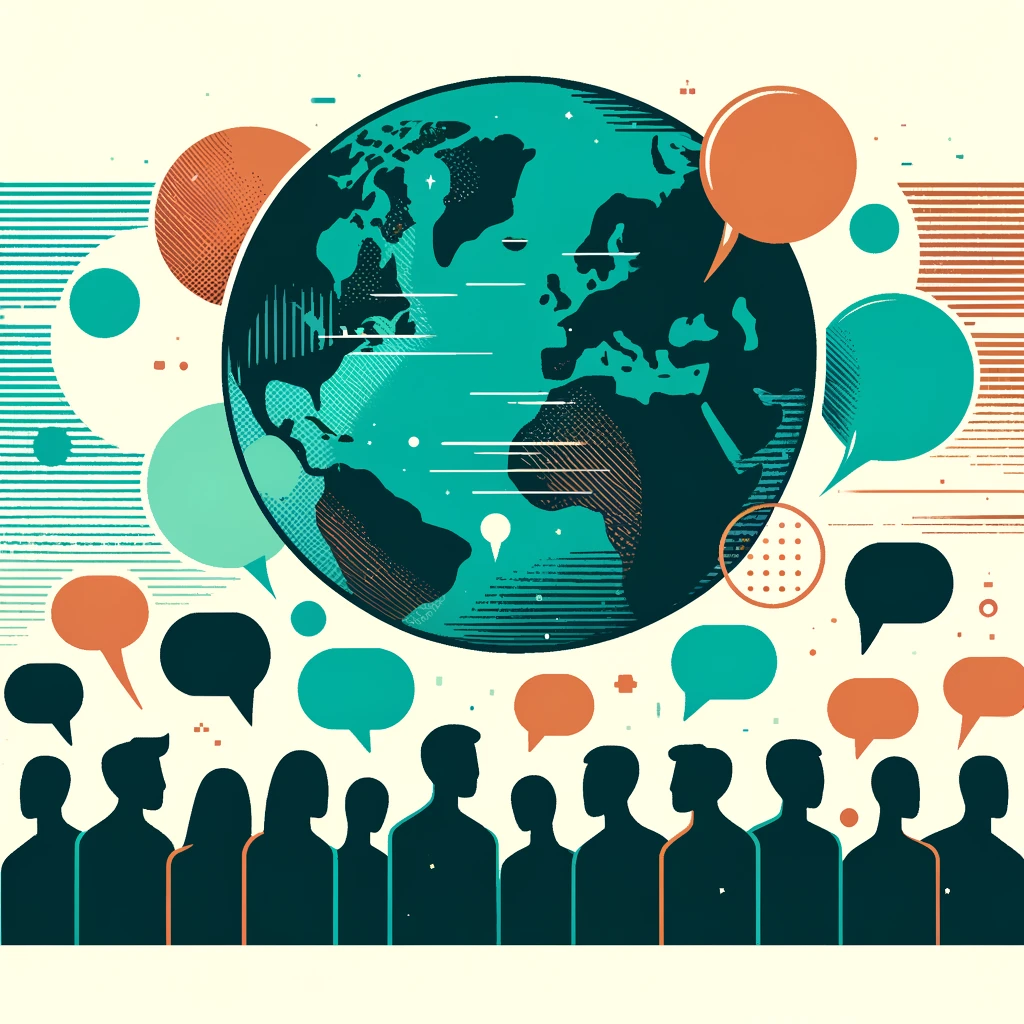As you enter global markets, you’ll need to start thinking about translating your content: your website, ebooks, product information, blog posts, on and on. In my experience, the complexities of translation and localization can be misunderstood by anyone not involved with it. This blog post debunks the top five translation myths I’ve heard in the course of doing business with growing brands.
Translators only need to be bilinguals or native speakers.
For customer-facing content or documentation that informs critical business decisions, you need to engage with professional translators. People who practice translation as a profession have a degree in translation or linguistics or other advanced training and belong to industry associations like the American Translator’s Association. They are almost always bilingual native speakers. They often have subject matter expertise in IT, software, healthcare, and so on. Also, ideally they live in the country where the target language is spoken which keeps them current with cultural trends and language preferences. A native speaker who is not a translator can certainly help with non-critical tasks like glancing over a document to validate the accuracy.
Translation and interpretation are the same thing.
Interpreters render spoken content from one language to another on the fly and must choose their words with split-second reactions. Like translators, they often have specific expertise and training. Translators, as you know, solely work with the written word and they can take their time doing it.
Translation is just changing the words from one language to the next.
If translation was just about replacing one word for another, there would be no localization services industry in the first place. Or machine translation would be 100% adequate. In addition to translating words and adapting the syntax, there are the additional aspects of emotion and intent involved in language. The act of translation renders meaning from one language to another, which is not just the replacement of words. Often a concept needs to be recrafted. Transcreation is a translation activity that is more about creative adaptation than a word-for-word exchange. If you need more convincing on this point, watch the famous movie “Lost in Translation.”
Translation is a dying art. Translators will be replaced by machine translation (MT) soon.
I’m a big believer in AI and a future in which tasks like translation will be handled completely by machines, humans will never go away. There is still a long way to go before machines can understand emotions, let alone understand all the cultural nuances that go into an outstanding, accurate translation that resonates with a new target audience.
There’s just one correct way to translate a sentence.
A variation on this myth is that two experienced translators will always product the same translation. Let’s take this example to explore that idea: “I saw a man on a hill with binoculars.” In English, this sentence can have five different meanings depending on the context, which would mean five different translations.
Those 5 meanings are:
- There’s a man on a hill, and I’m watching him with my binoculars.
- There’s a man on a hill, who I’m seeing, and he has binoculars.
- There’s a man, and he’s on a hill that also has binoculars on it.
- I’m on a hill, and I saw a man using binoculars.
- I’m on a hill, and I’m seeing a man with binoculars.
(Subtle differences, but different all the same).
Meaning aside, translators may still want to translate the same sentence in different ways, such as with different grammatical structures and synonyms, but that’s where a style guide can help to ensure linguists conform to your preferences.





